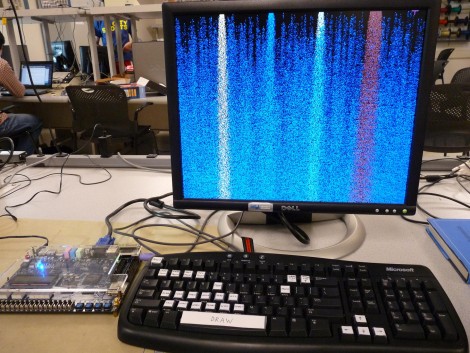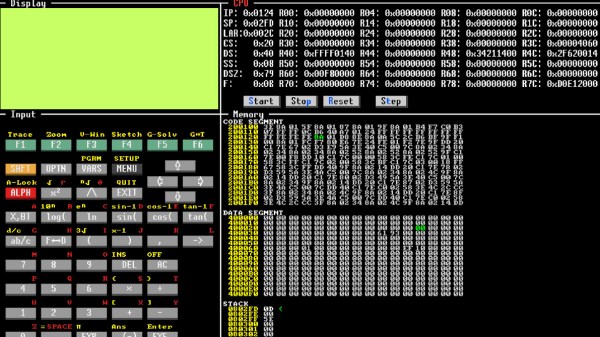
White board beats chalk board, LED marquee beats white board, and an LED white board trumps them all.
This hybrid lets you draw on the surface with dry erase markers while Conway’s game of life plays out underneath. [Bert] sent us this tip after seeing yesterday’s office marquee. This version is quite similar in appearance but the guts are very different. Inside you’ll find a Parallax SX28 microcontroller doing the heavy lifting. The display is multiplexed but they didn’t go with a common 595 shift register, but a beefier MAX6979 LED driver. We’re not too familiar with this part but it does have a lot of nice features like constant current, and automatic shutdown if serial data stalls for more than 1 second. This is a low-side driver so transistors are used to connect voltage to the rows; the opposite from the setup we looked at yesterday. This was built several years ago and is still working happily even though its permanent home is a breadboard. Source code can be found on this page.

















